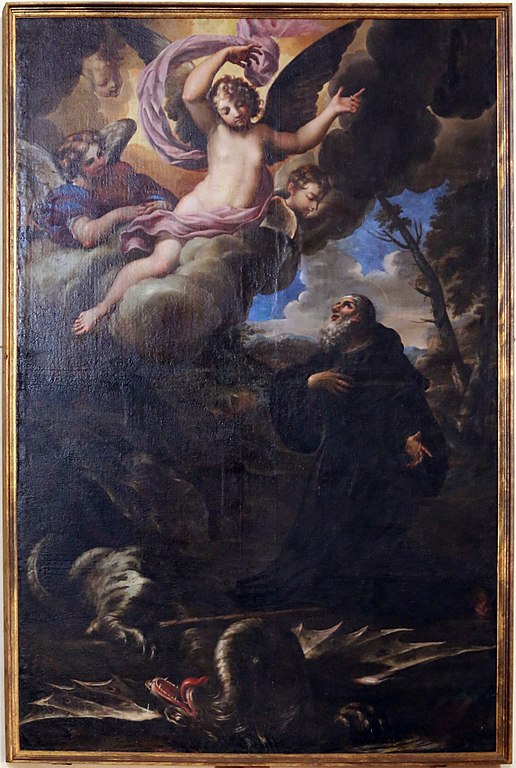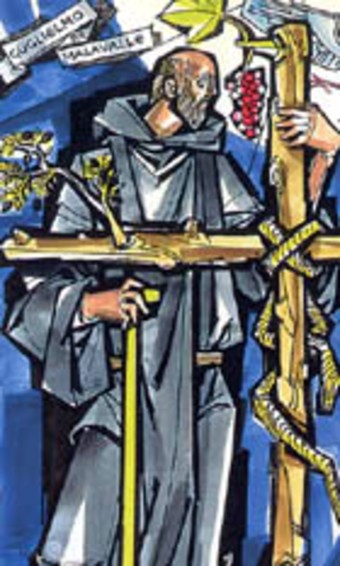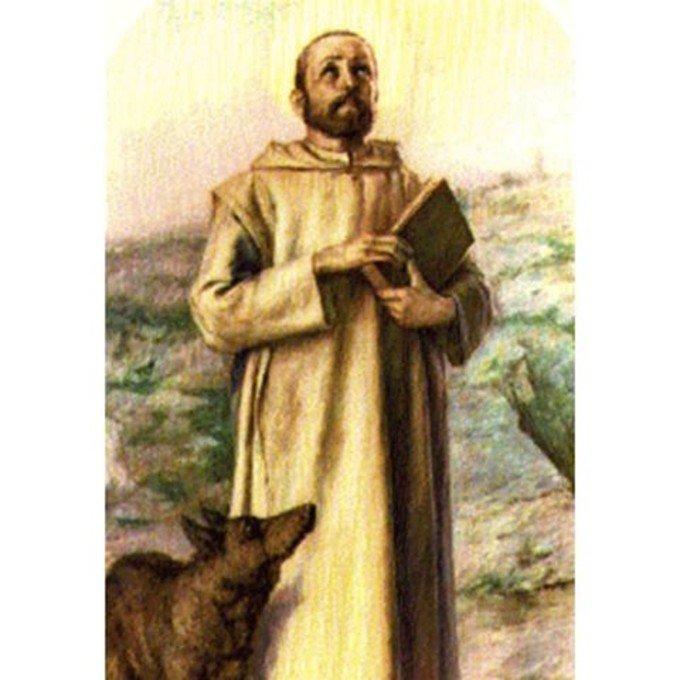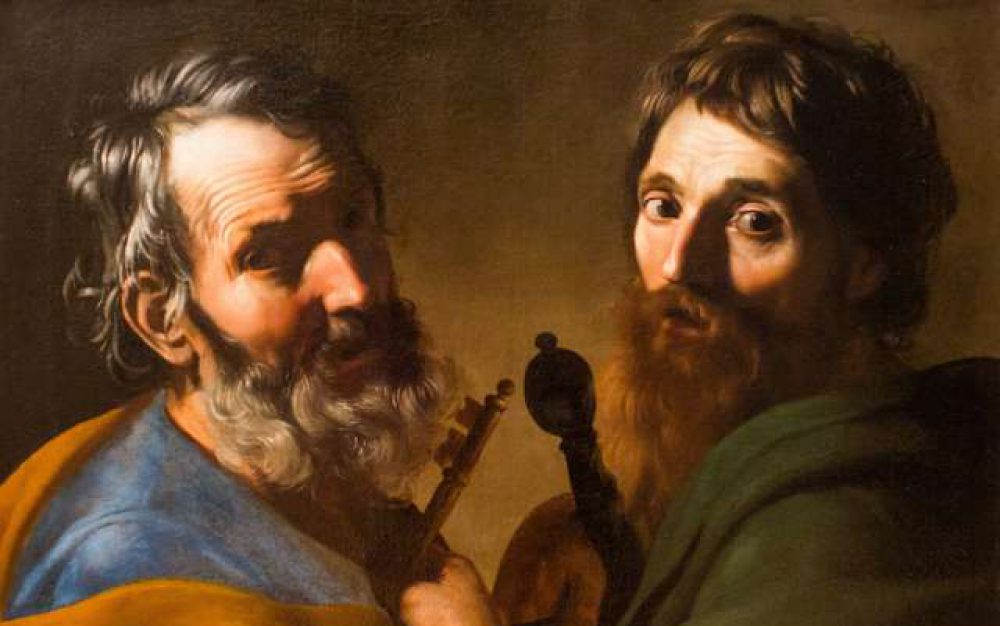Saint of the Day – 10 February – Saint William the Hermit (Died 1157) Hermit, Penitent, Spiritual Director, Miracle-worker, gifted with the charism of Prophecy. Patronages – armourers, blacksmiths, tinsmiths, Laoag City – Diocese of, San Fernando – Diocese of. He is also known as St William of Maleval and St William the Great.

St William neither founded a Religious Order nor wrote a Rule of life. But two of his followers formed the Order of Saint William, also known as Williamites, shortly after William’s death. One of them, named Albert, composed a Rule, which he entitled The Rule of St William. He also wrote the life of St William, which sadly has been lost.
At the time of the Augustinian Grand Union in 1256, when many diverse religious groups were incorporated into the Augustinian Order, the Williamites were among those who became Augustinians. However, this union did not work well and many former Williamites withdrew from the Augustinians a short time later. Nevertheless, Augustinians have venerated Saint William since the thirteenth century.
Little is known about the early life of William, who is thought to have been born in France. His youth and young adulthood were spent in the army, living freely and licentiously, common among soldiers of that time period. Through the grace of God, William came to understand the error of his ways and becoming penitent, made a pilgrimage to the tombs of the holy apostles in Rome. There, he begged an audience with Pope Eugenius III and upon receiving it, implored the Holy Father for pardon and prescriptive penance for his sinfulness.
Pope Eugenius encouraged William to make a pilgrimage to the Holy Land in 1145. William did as he was told and spent eight years journeying through the deserts of the Holy Land, visiting tombs, shrines, and holy places and communing with the desert hermits and learned scholars. Returning to Rome a changed man, he embraced the eremitical life, becoming a hermit on the isle of Lupacavio (near Pisa) in Tuscany. Wishing nothing more than to live in solitude and contemplate the Lord’s mercy and forgiveness, William found himself besieged by pilgrims and those seeking his spiritual counsel and guidance. He was convinced to lead and govern these pilgrims but found himself poorly suited for this task and failed to maintain discipline and austerity among the monks in his care. Unable to bear this, he travelled to Monte Bruno, where the same situation repeated itself. This time, he fared little better and organised the monks into an abbey.
Again, he withdrew from governing, realising that God’s plan for him was elsewhere. He embraced life as a hermit at Maleval (near Siena). There, he lived in an underground cave until a local lord built him a cell. William kept company with the wild beasts of the region and foraged for his food. He undertook extreme penances and austerities, in atonement for his earlier sinfulness. Sleeping only on the bare ground, eating only uncooked foods he could gather and drinking limited amounts of water, he devoted his waking moments to prayer, contemplation and manual labour. William also received the gifts of miracle-working and prophecy, for which he was frequently sought.
Saint William accurately predicted his death, on 10 February 1157 and he was buried by two disciples in his garden. These disciples, Albert and Renauld, continued to live and study together according to Saint William’s example. There numbers increased and they built a chapel and hermitage over their founder’s grave. The order, the Hermits of Saint William, spread throughout Europe and were known as the “Bare-Footed Friars” and the Williamites. Eventually, the order was incorporated into the Hermits of Saint Augustine but their tradition continues to this day.
St William’s cultus was confirmed, namely him Blessed by Pope Innocent III and Canonised by the same Pope in 1202.
Saint William’s life is marked by conversion, forgiveness and penance. We are reminded that we have all sinned, sometimes gravely but that through the grace of God, we are made new and forgiven. Throughout his life, Saint William never took the saving grace of the Lord for granted, spending his days in contemplation and wonder at the mercy and love of God. We are called to do the same, recognising our own sinfulness and humbly and contritely asking the Lord for forgiveness. Freed from the burden of our sins, like Saint William, we may find a world full of the beauty of God’s creation!

Saint William the Hermit, Intercede our prayers.🙏🙏🙏
LikeLiked by 1 person
Amen amen – we need so many prayers 🙏🙏
LikeLike